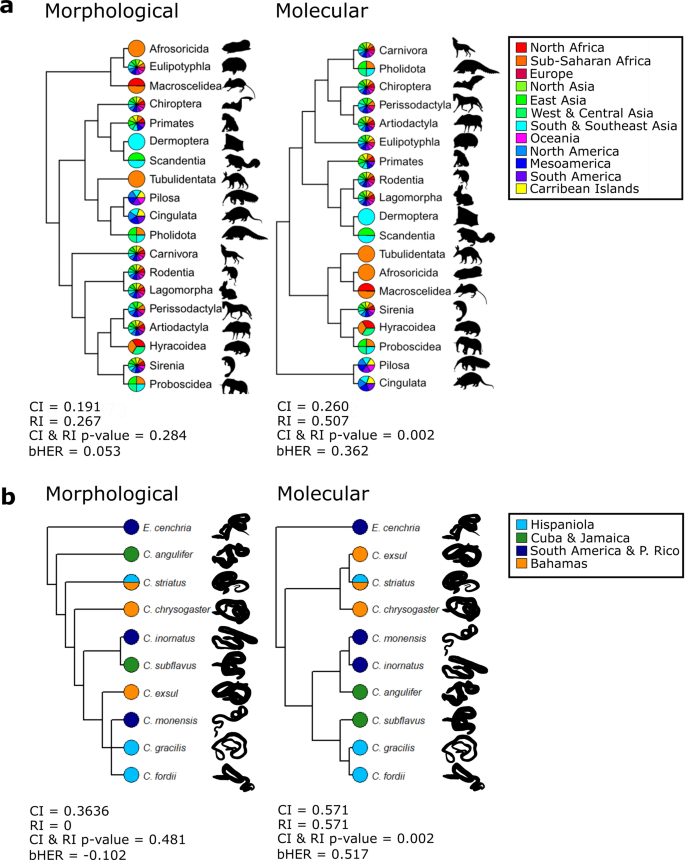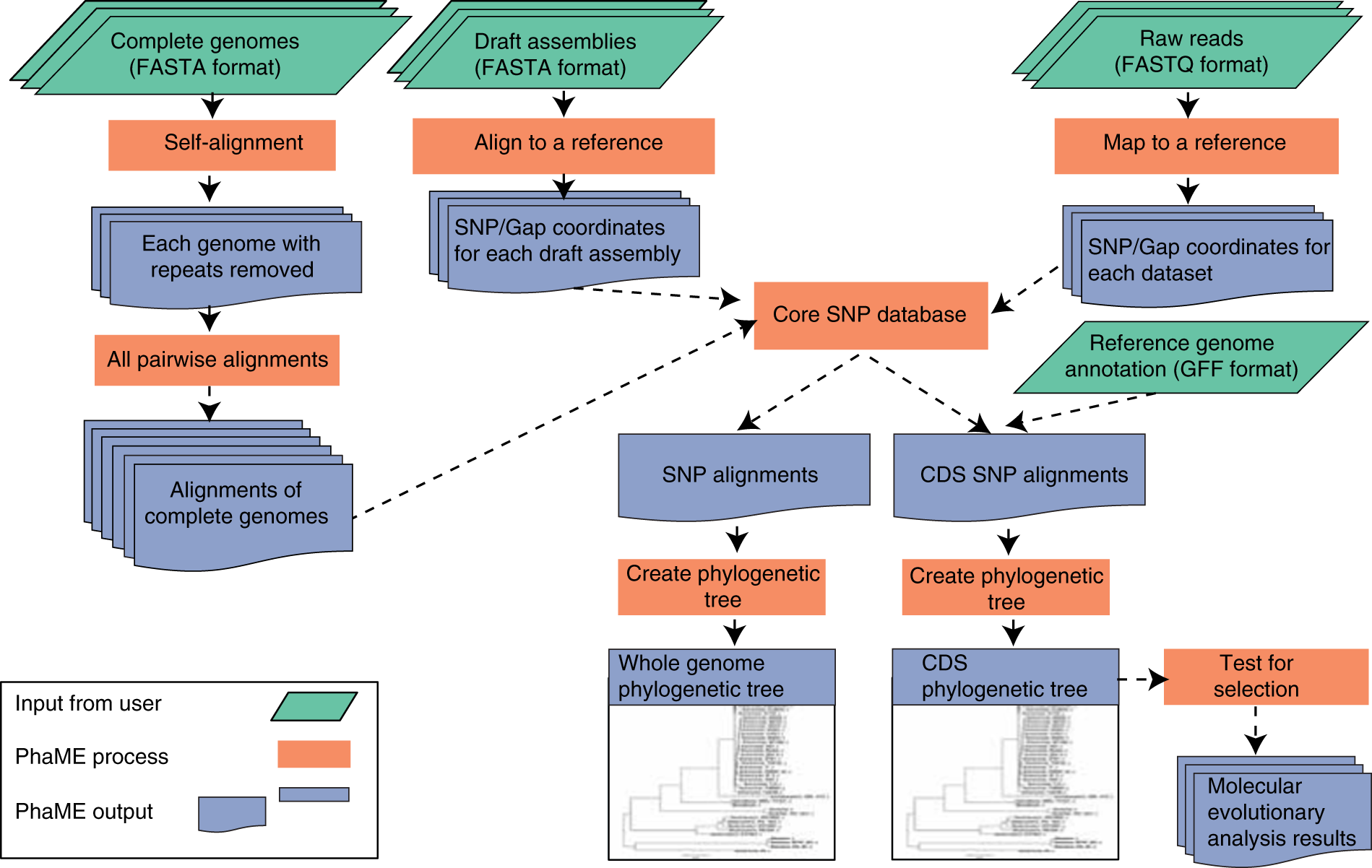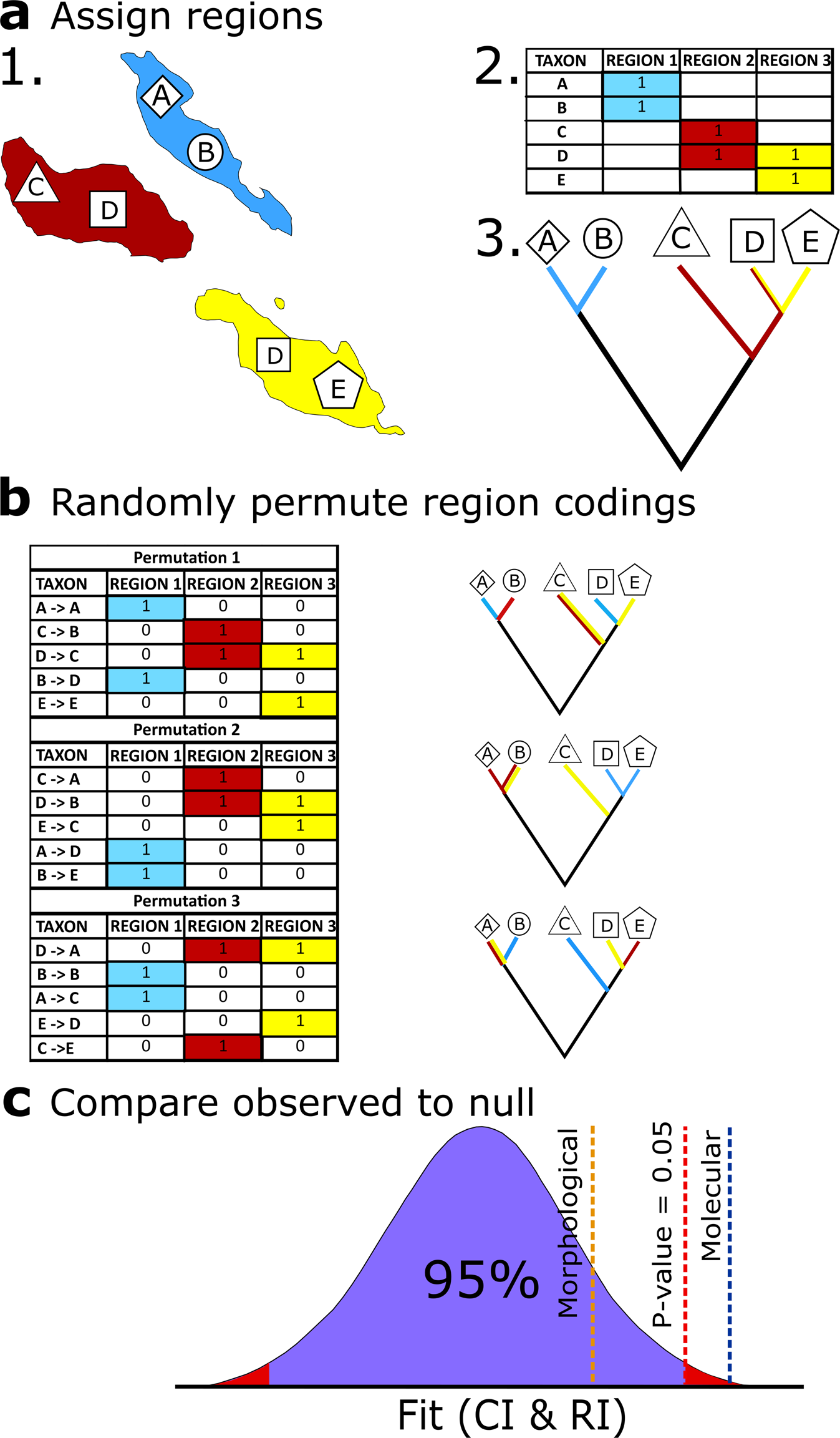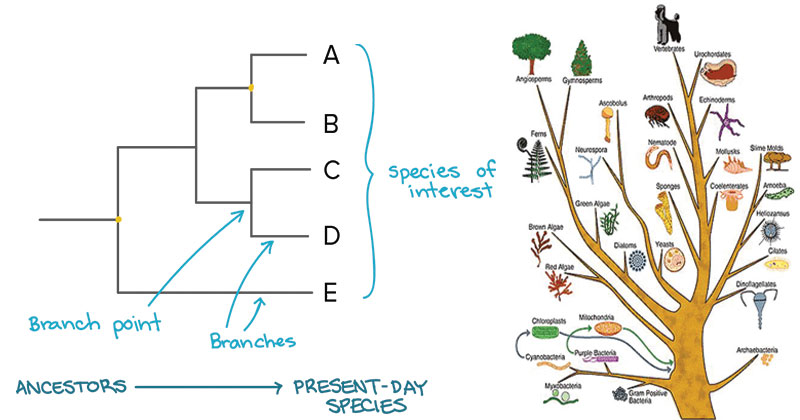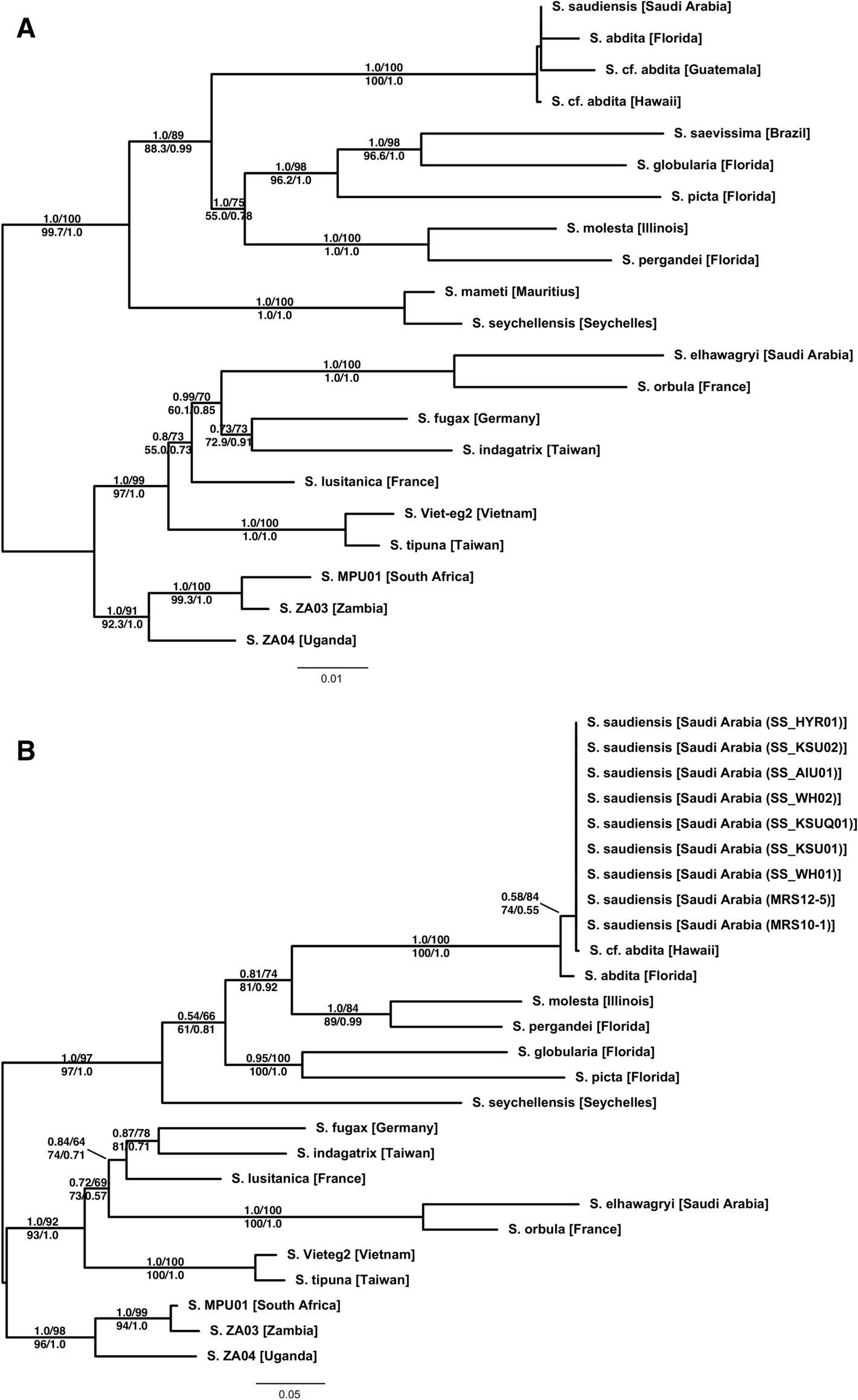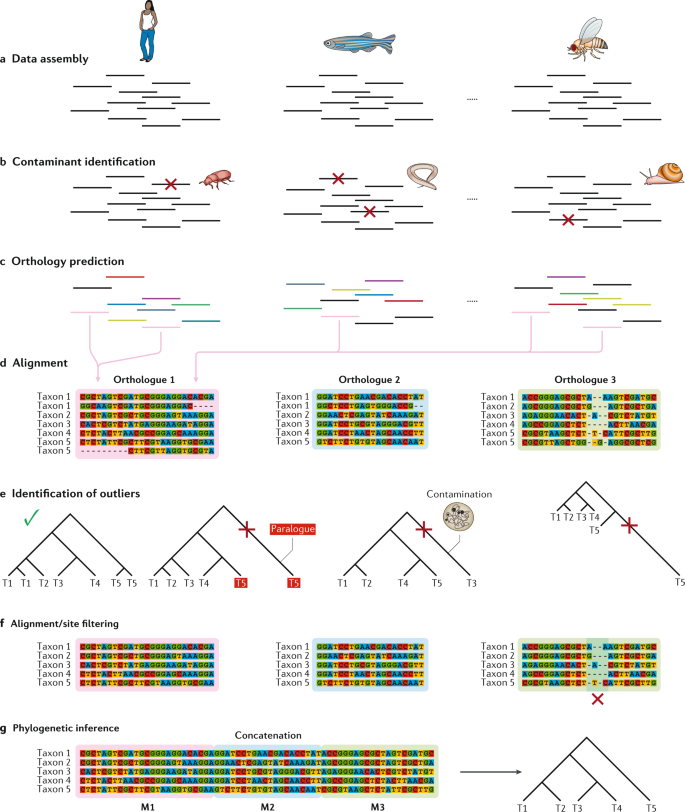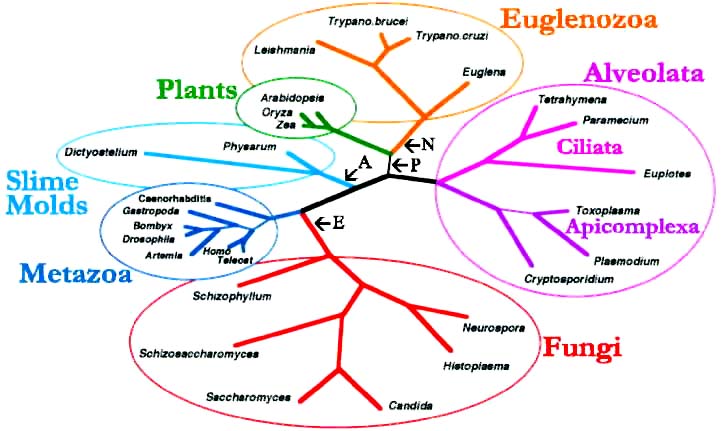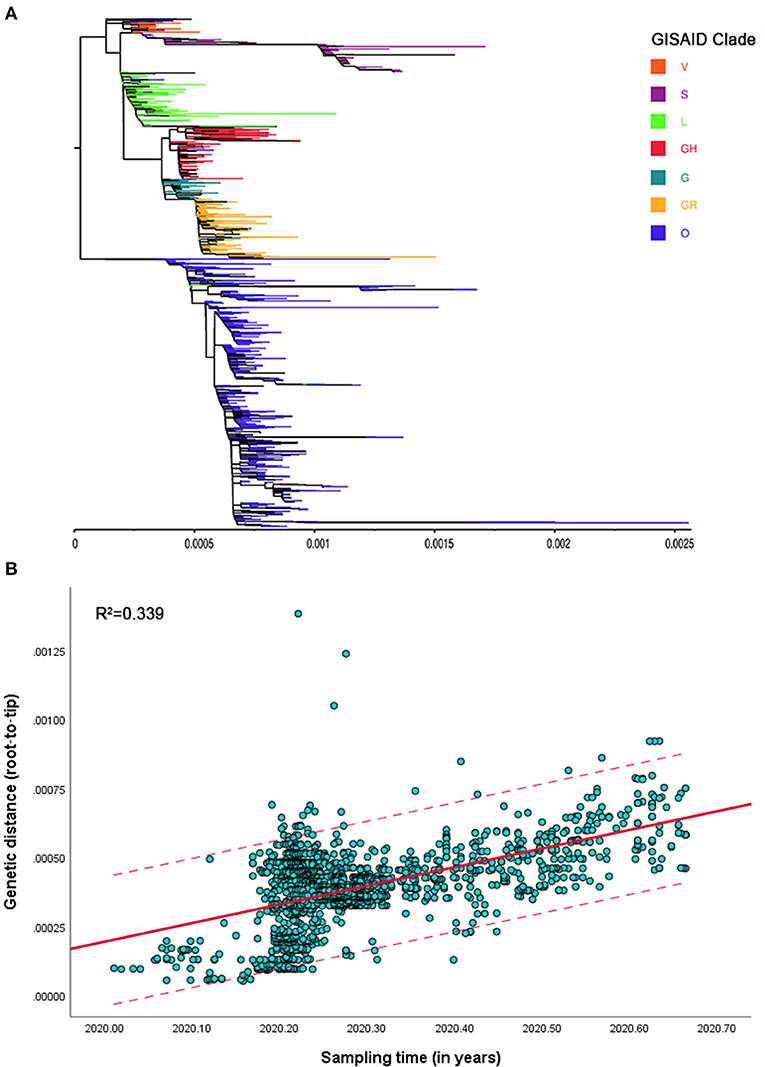Who Else Wants Info About How To Improve Molecular Phylogeny
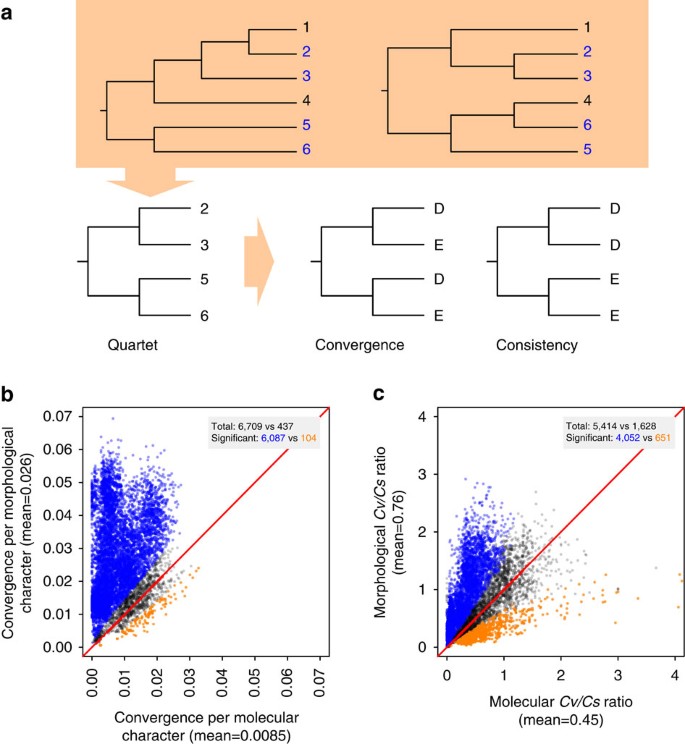
However, molecular phylogeny relies on the information of relatedness of gene or dna sequence between organisms.
How to improve molecular phylogeny. Molecular phylogeny is the use of a gene 's molecular character istics to class ify an organism and to place it on a map of evolution ary relationships known as the. Here, we demonstrate how genomic histories can increase phylogenetic resolution in a gene family, specifically the expansin superfamily of cell wall proteins. Phylogenetics is the science of estimating and analyzing evolutionary relationships.
At the molecular level, evolution is a process of mutation with selection. Phylogeny is a branch of biology that studies the evolutionary relationships of different organisms. Molecular phylogenies determined by using n, g, or l protein sequences support the integrity of the family rhabdoviridae and the assignment of species within the established genera.
[how to improve gene phylogeny analysis from sequence data] [how to improve gene phylogeny analysis from sequence data] tanpakushitsu kakusan koso. Molecular evolution is the study of changes in genes and proteins throughout different branches of the.

